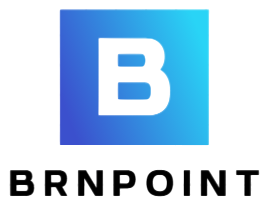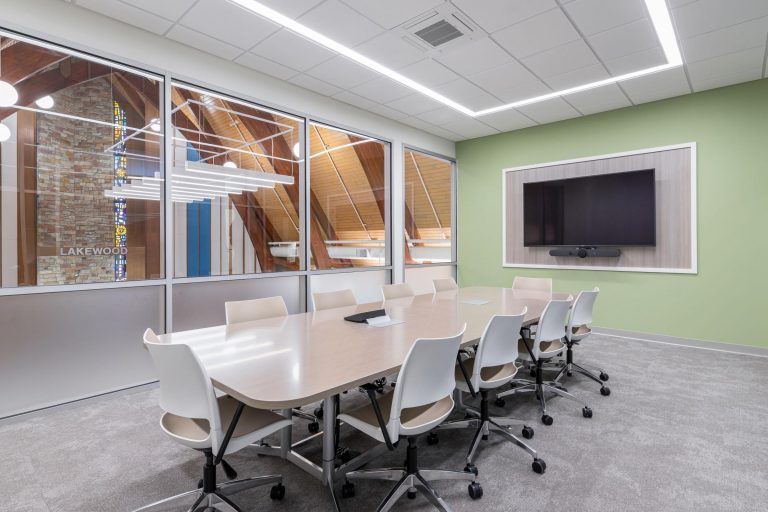Strategic Advisor Helps Companies Stay Ahead in Dynamic Markets
A strategic advisor plays a crucial role in guiding companies through the complexities of dynamic markets. By analyzing industry trends, consumer behavior, and competitive landscapes, they provide valuable insights that help organizations make informed decisions. Businesses face constant changes due to economic shifts, technological advancements, and evolving customer expectations, making it essential to have a well-defined strategy. A strategic advisor ensures that companies remain adaptable, aligning their goals with emerging opportunities while mitigating potential risks. Market conditions are rarely static, requiring businesses to continuously reassess their position and competitive advantage. A strategic advisor identifies key performance indicators, evaluates market dynamics, and suggests improvements in operations, marketing, and financial planning. By leveraging data-driven insights, they assist companies in capitalizing on strengths while addressing weaknesses. Companies that integrate strategic advisory services into their decision-making processes are better equipped to anticipate shifts and respond effectively.

Technology plays a significant role in shaping modern business strategies, and a strategic advisor helps organizations leverage digital tools and innovations. From automation to artificial intelligence and data analytics, businesses must adapt to new technological trends to enhance efficiency and customer engagement. By integrating digital transformation initiatives into core business strategies, organizations can improve productivity, streamline operations, and enhance customer experiences, gaining a competitive edge in their industry. Financial stability is a cornerstone of James Disney-May business success, and strategic advisors provide guidance on optimizing financial performance. They analyze cash flow, investment opportunities, cost structures, and revenue models to ensure sustainability and profitability. Through financial forecasting and risk assessment, they help organizations allocate resources efficiently, reduce unnecessary expenses, and identify potential revenue streams. A well-structured financial strategy enhances business resilience, allowing companies to thrive even in challenging economic environments.
Organizational culture and leadership also play a pivotal role in long-term success. A strategic advisor evaluates leadership effectiveness, employee engagement, and company culture to ensure alignment with business objectives. By fostering strong leadership, enhancing collaboration, and promoting innovation, they help create a work environment that drives productivity and retention. Businesses that prioritize a positive and adaptive culture are more likely to attract top talent and maintain a motivated workforce, leading to sustained success in competitive markets. Expansion and growth require careful planning, and strategic advisors assist businesses in identifying new market opportunities, partnerships, and expansion strategies. Whether entering new geographic regions or diversifying product offerings, businesses must assess risks and rewards comprehensively. A strategic advisor conducts market research, competitor analysis, and feasibility studies to support informed decision-making. By implementing well-structured growth strategies, companies can expand their reach, increase market share, and maximize profitability while minimizing risks.




